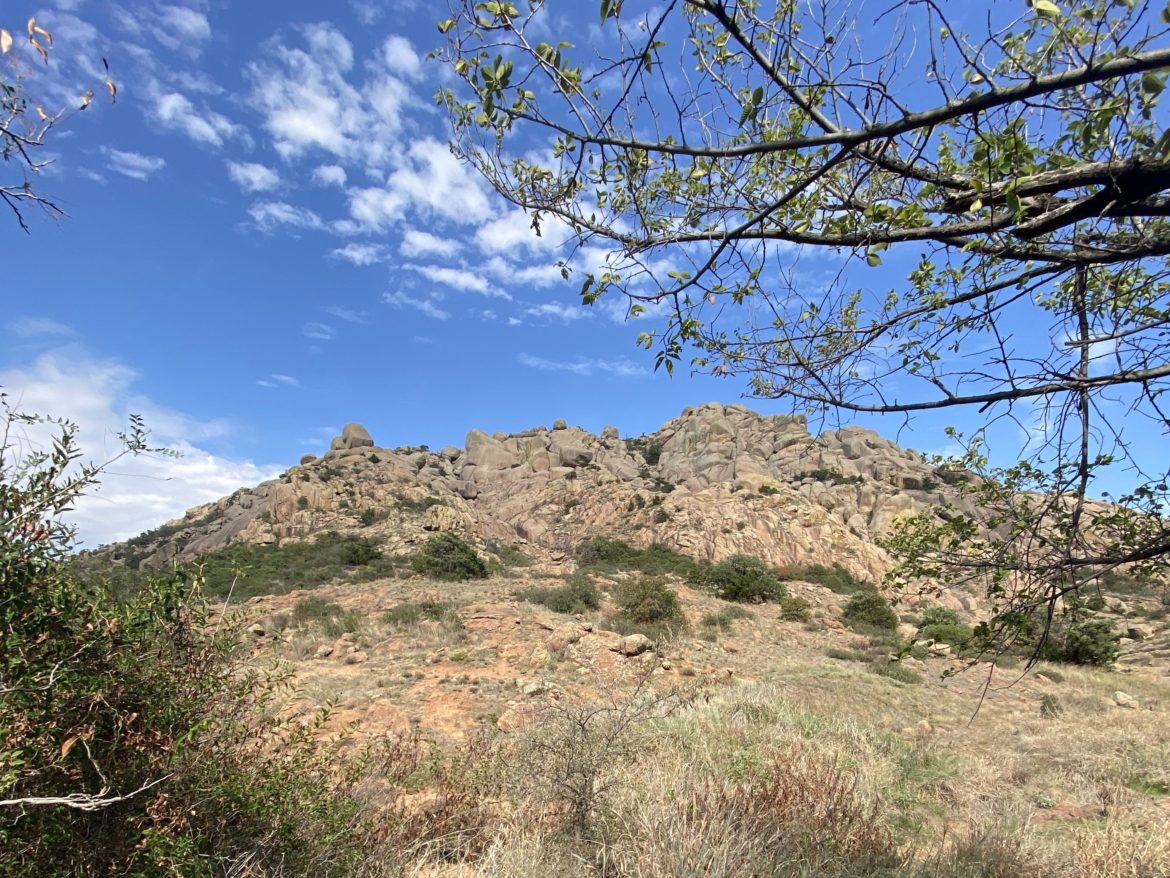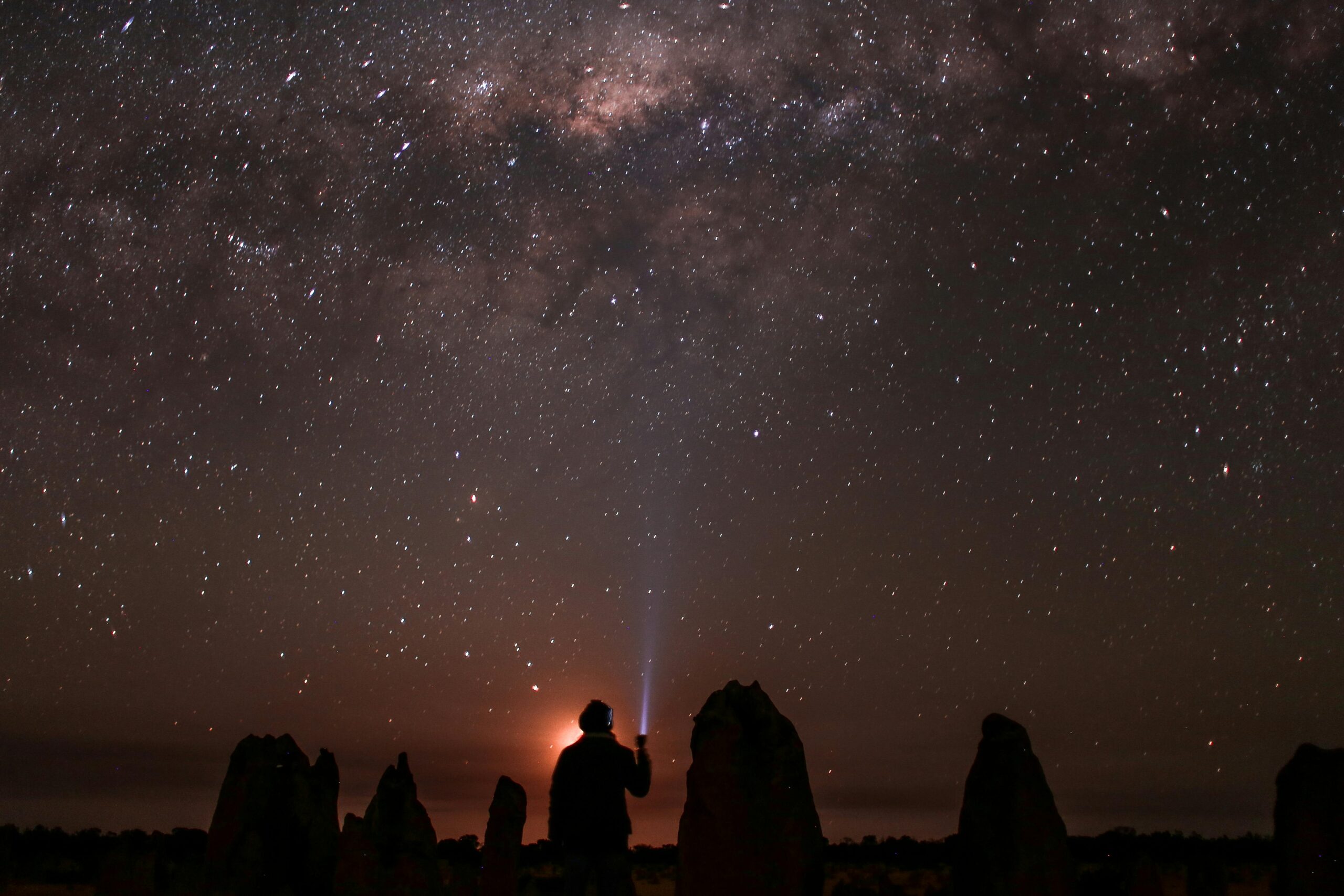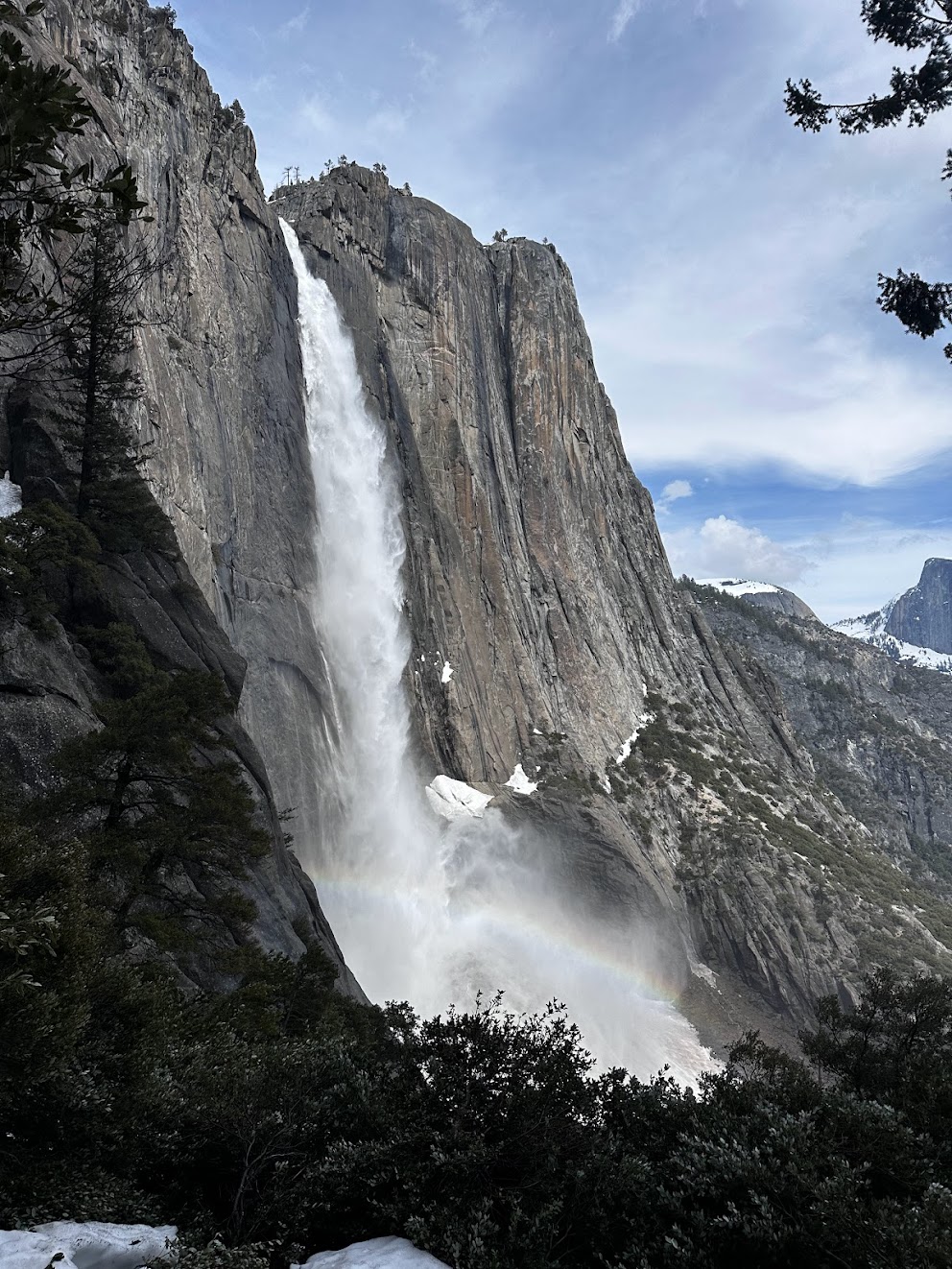The Wichita Mountains in Oklahoma rank among the oldest mountain ranges on earth. The formation of these southwestern mountains began hundreds of millions of years ago. Although the mountains were originally taller, erosion and weathering has left the tallest, Mt. Scott, at an elevation of 2,464 feet.
The Wildlife Refuge is the oldest managed wildlife facility in the U.S. Fish and Wildlife system. It was originally set aside as a forest reserve in 1901, and in 1905 redesignated as a game preserve.
Now, the Wichita Mountains Wildlife Refuge is well known for providing a safe place for many animals such as bison, longhorn, elk, and white-tailed deer. The park consists of over 59,000 acres of land for the animals to roam (and some for visitors to camp and backpack safely).
This refuge is undeniably a must-visit when it comes to Southwest adventure. Here are 3 amazing things to keep an eye out for when you visit:
Scenic Drives

As you enter the refuge, prepare to be greeted by a view that brings you back to a time when bison roamed freely across the Great Plains. The Wichita Mountains Wildlife Refuge drive, SR 49, takes you through the park for 30 miles. You’ll need to slow down, because it is highly likely that you will come across a herd of bison or a few Texas longhorn cattle on your way. Both bovines cross the road frequently and graze lazily in the grasslands throughout the day. You may also spot elk and white-tailed deer (especially at dawn and dusk).
In addition to the prairie, you will also be met by rocky lowlands, patches of forested areas and (of course) the ancient granite mountains that give the refuge its name. You can even drive around to the top of Mount Scott (2,464ft about sea level). Mount Scott Road is completely paved and offers many scenic pullouts on the way up. From the top, you can see the surrounding plains, the Wichita Mountains, Slick Hills and Lake Lawtonka.
Boulder Fields and Rock Formations (Climbing)



Rock climbing is extremely popular at Wichita Mountains Wildlife Refuge. The routes range from 5.5 to 5.13a, and both trad and sport climbs can be found. If you prefer bouldering, don’t worry – there are countless routes (some just waiting to be discovered and named). The main climbing locations in the park are Charon’s Gardens, The Meadows, Mount Scott, and The Narrows.
Side Note – If you’re in the market for climbing shoes, here are my past and current favorites:
TheLa Sportiva Finale lace-ups were my first climbing shoe, and are still my favorite. Although laces take more time to tie, they allow you to choose what parts of the shoe are tight on your feet. These shoes are great for beginners getting into the sport.


The Scarpa Instinct VS are nice if you want a more intense shoe. The toe box and angle of the toe allow you to feel more confident when placing your feet and using your toes to maintain your positioning on the wall. If your feet run wider, I recommend the men’s pair (the only difference is width, really). The hook-and-loop fasteners (velcro) add a ton of convenience when putting them on or taking them off as well.
The boulder field in Charon’s Garden adds an additional thrill to a challenging hike. You can expect to scramble over literal boulders 10x your size. What an adventure! Don’t forget to check out Elk Mountain, Mount Scott, Quanah Parker Lake, and the Bison Trail for other great hikes in Wichita Mountains Wildlife Refuge.
Additional Recreation
Although the campsites charge a small fee, entrance into the refuge is free. Out of the 60,000 acres that make up the park, 22,400 make up public use areas.
In addition to hiking and rock climbing, visitors of the refuge also enjoy camping, fishing, birding and wildlife watching, photography, and kayaking. If you do decide to visit, remember – conservation is at the heart of the refuge system. Please remember to take nothing from the refuge and leave behind only footprints.
Fauna

Let’s nerd out for a sec. According to the U.S. Fish and Wildlife Service, the park is known to contain 240 species of birds, 50 species of mammals, 64 species of reptiles and amphibians, and 36 species of fish.
Large Mammals
This refuge is known for protecting two major mammals, the American bison and the Texas longhorn cattle, for their historical and cultural importance. Being able to casually see grazing bison on the side of the road was crazy to me – someone who grew up learning about the historical significance of American bison in the Great Plains. There are about 650 bison and 310 longhorn cattle in the park at the moment. If you’re interested, google search “Oklahoma Saved The Longhorns” to learn more about their history.
You can also see elk and white-tailed deer in the refuge. Fun fact – the elk in the Wichita Mountains Wildlife Refuge are not native to the area. In the past, Merriam’s elk presided there, but they are now extinct. The elk that live in the refuge now were imported from Jackson Hole, Wyoming in 1911. There are about 1,000 elk and 450 deer in the park now.
Smaller animals
Although I did not see any of the smaller mammals in the park, I am going to look for them during my next visit. The park is also home to the nine-banded armadillo, ringtail bassarisk, the back-tailed prairie dog, river otters, and burrowing owls. While not endangered, they will always have a home in this diverse refuge.
While there are hundreds of bird species and other small animals to talk about in the park, there is one that stood out to me during my visit – the Collared Lizard (a.k.a. Mountain Boomers). These lizards appeared on the side of the trail, unafraid, during one of my hikes in the refuge. After seeing one female run on her hind legs down the trail, I understood why: I didn’t stand a chance of catching one (not that I was trying). The male lizards sport a bright yellow head and a green body, while the ladies remain a dusty brownish-green. They also hold the title of Oklahoma’s State Reptile – not a surprise!
Thank you
For more adventures, follow along on Instagram.
Read about hiking the Highest Point in Arkansas next!




Love the details. Thank you for sharing.
Thank you for your feedback!